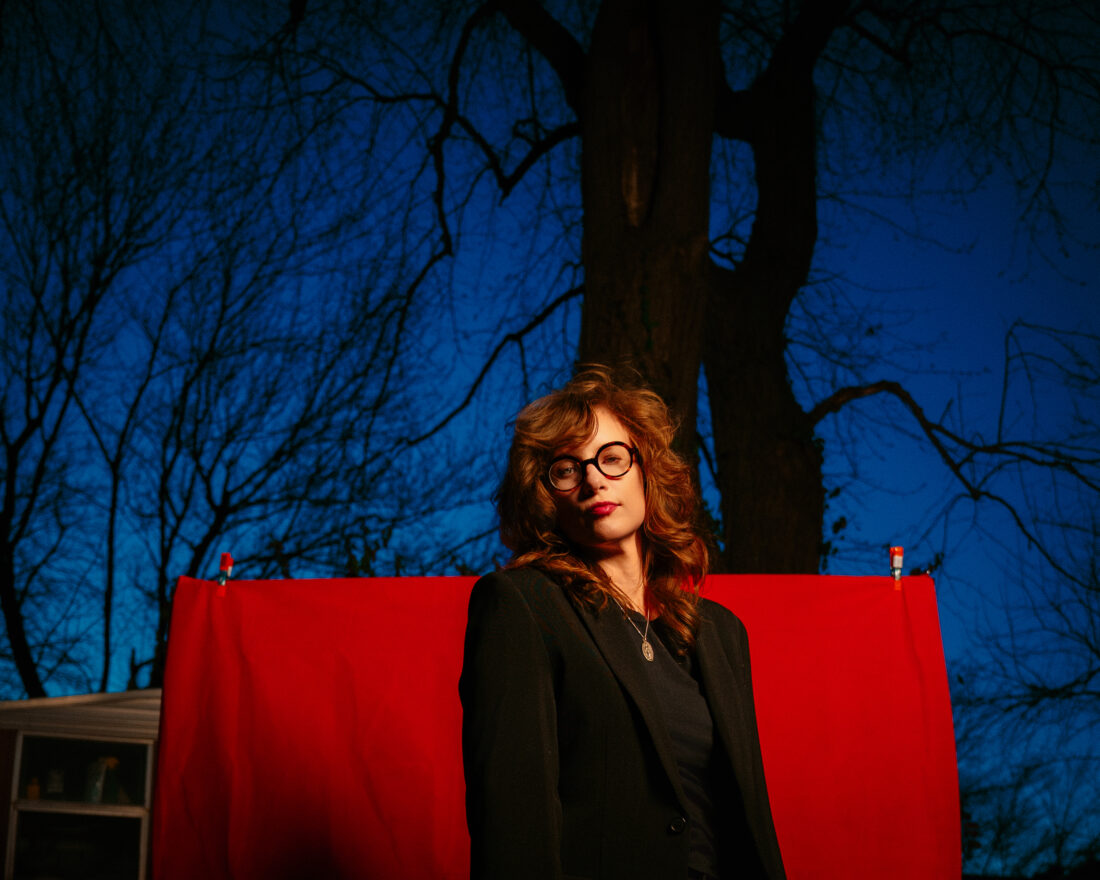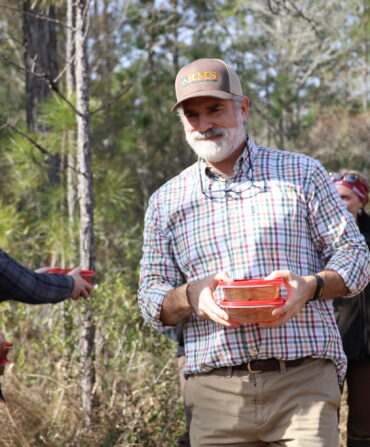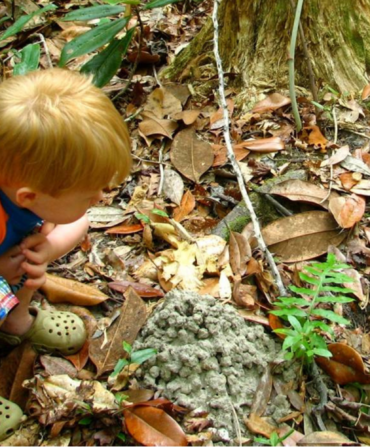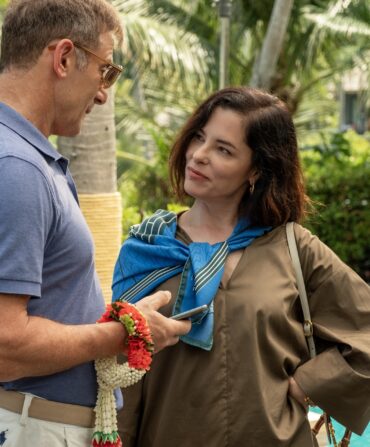On her new album, Planting by the Signs (out June 20), the singer-songwriter S.G. Goodman deftly walks the tightrope of preserving the signature sound that made her first two albums so widely acclaimed while also expanding in a way that seems natural and new.

Goodman has been recognized as a major talent in a mighty wave of music coming out of the New South, and the only thing that outshines her vibrant mix of country-rock-blues-punk are her inimitable vocals. In 2023 she took home the Americana Music Association’s coveted Emerging Artist Award, and over the last two years she’s toured the world with the likes of Jason Isbell and Tyler Childers.
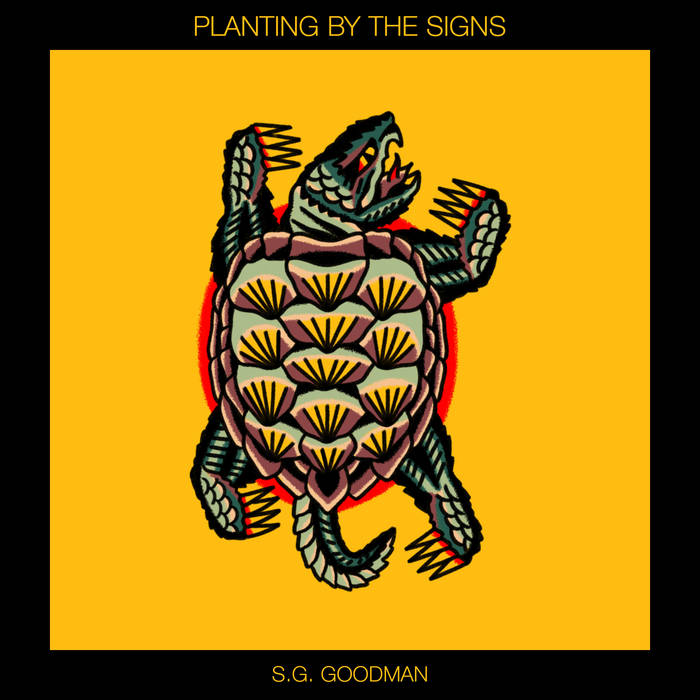
She’s at the height of her powers on Planting by the Signs, a major sonic and thematic accomplishment that examines rural life and new love as well as the fears and frustrations of living in the modern world. The result is rawer and more revealing than anything she’s ever done before. It’s also solidly thematic, revolving around the old gardening traditions of planting by the positions of the moon and the zodiac signs to improve plant growth and make daily life easier. This practice is widely known—but falling out of wide usage—in rural Kentucky where Goodman was born and raised.
Goodman recently sat down with me—another Kentuckian—to discuss her latest work.
I remember you telling me you wrote your first record mostly in the woods and fields, while you were outside working. But now I imagine you’re mostly writing when on the road, touring. Do you think the ways your life has changed has an effect on the songs?
I have found it hard to stay balanced on the road. Even my circadian rhythm has shifted in the last four years. I used to be a five a.m. riser and that just can’t happen in my lifestyle any more. The pandemic allowed me to keep working outside, which has always been crucial to my process. And being alone. When you’re on the road you have none of that. It’s been a struggle to not get to witness seasons in their fullness anywhere. It makes your years and time fly by so oddly. As much as I’d love to raise a garden it would all just die if I planted a garden and went on tour. This was a way for me to be able to carry that with me, in a way, of feeling how connected I am to rural rhythms, agrarian life, that kind of thing.
Were you consciously going for a new sound on this album?
When recording the album, I did very specifically pick the players and the engineer and did as much homework as I could to understand what sound I was looking for. I got over the fear…by knowing that the thing that was going to link all my songs is what it always has been, which is my voice. But I did specifically make an artistic call to use a different range in my voice than I’ve done in the past. I don’t think I go full blast as far as my main vocal lines until the last song. I wanted to capture a darkness, so I used my lower range a lot.
What’s different about the overall sound?
I really let go and explored different sonic mediums with keys and padding and stuff like that. But I specifically wanted to keep an element of myself by having particular guitar tones that felt like me. I had two acoustic songs on the album, which I normally don’t do. If a song wanted to be a popper, I did not restrain myself in that. There are some dancey beats on this and that’s how they came to me. I honored that and I let go of any genre expectations and just chased what the song was telling me.

Any particular artists that influenced this album?
More than music, it’s more in line with the books I was reading. I read The Dollmaker by Harriette Arnow. It’s so beautiful. I read Tell Me How Long the Train’s Been Gone by James Baldwin. Instead of paying attention to the sonic nature of songs, I feel like the thing I was most interested in was the alliteration found in sentences and opening lines, rhythms in writing. I read Lark Ascending [by the author of this interview]. I read all these books in a month—six in a row—and they all happened to be sentences that were delivered in such an emotional way. It made me consider the way I was approaching my lyrics…and what emotion I wanted to feel.
How does this new album show a thematic evolution for you?
I’m trying to connect back to myself, and I am using imagery from a belief system that is relevant to my upbringing and region. I think preserving and telling stories that lead back to our connections with each other are very important, especially in a time when we’re having a hard time understanding our connection to each other.
There is so much vivid imagery on this record. Especially celestial images. The satellites taking away our natural night sky, the heat lightning, the sun sinking. The moon.
What I think is so interesting about using the heavens is that I feel like a big premise or focal point of that is infinity, looking outside yourself, looking out to other things around you for guidance, and just being aware of the universe. Because it creates a throughline of connectedness to our human experience through time. My mother didn’t have a cell phone when she was little, but she did have the stars, and so did all the generations before her—and the ones after us, hopefully—so that’s a kind of image of connecting. And it connects my songs, too.


